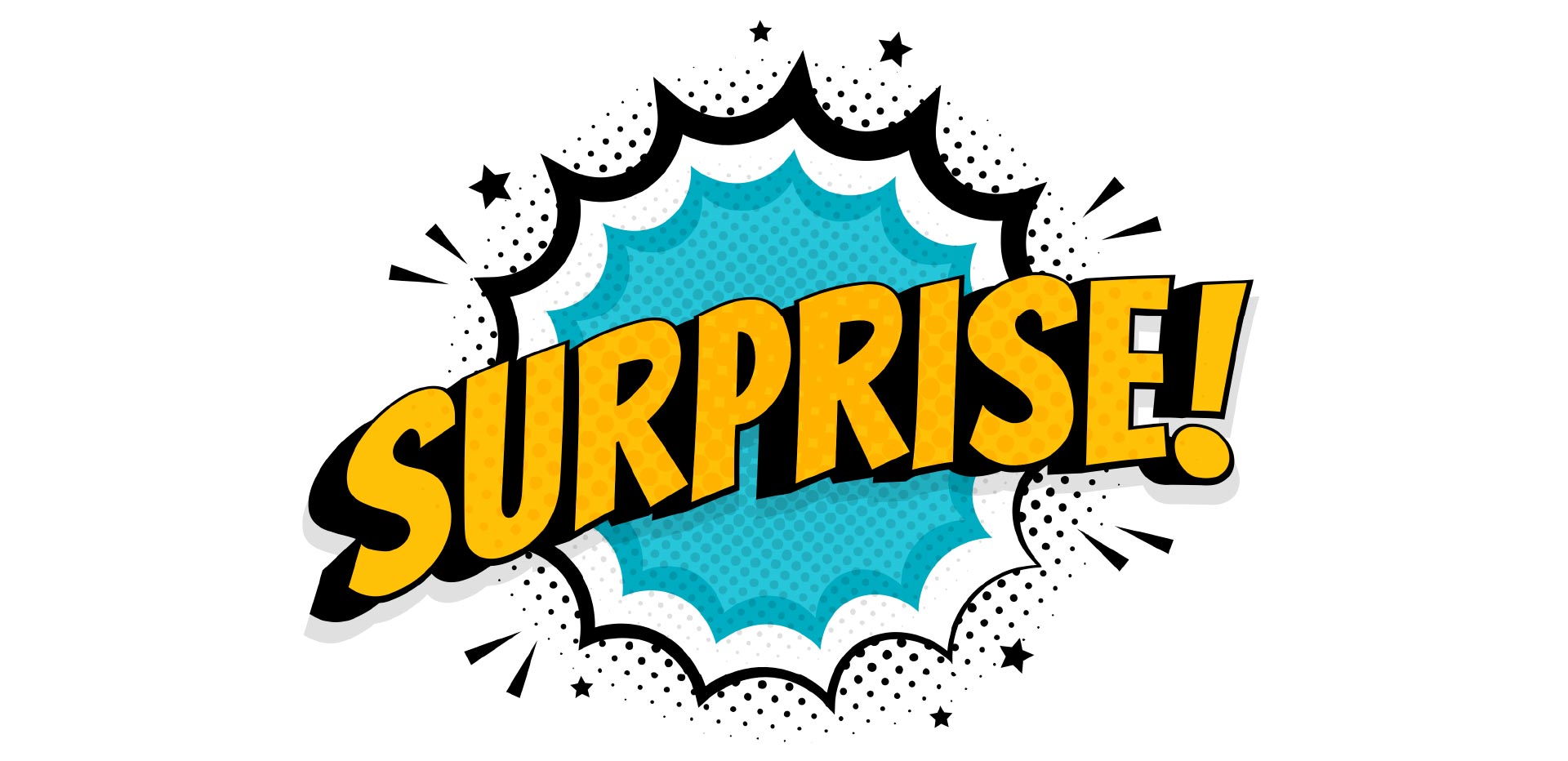The fight over junk fees has escalated in the last few years. Corporate efforts to maximize revenue by hiding price increases have drawn opposition from one of our oldest consumer agencies – the 1914 Federal Trade Commission – and our newest – the Consumer Financial Protection Bureau, established in 2010 following the massive 2008 economic collapse brought on by risky bank lending practices. A review of junk fee practices and junk fee flashpoints from a consumer advocacy perspective, with an emphasis on the agencies’ strong legal defenses against unfair, deceptive or abusive corporate practices. The paper describes how laws and rules often grow out of a pattern and practice of earlier unfair or deceptive actions.
By Ed Mierzwinski[1]
The fight over junk fees has escalated in the last few years. Corporate efforts to maximize revenue by hiding price increases have drawn opposition from one of our oldest consumer agencies – the 1914 Federal Trade Commission (“FTC”) – and our newest – the Consumer Financial Protection Bureau (“CFPB”), established in 2010 following the massive 2008 economic collapse brought on by risky bank lending practices.
I. WHAT IS A JUNK FEE?
My colleague, PIRG Consumer Watchdog Teresa Murray, explains:[2]
“There are three solid definitions of a junk fee:
-
-
- Mandatory charges that aren’t disclosed up front. It could be a “resort fee” slid in just before you book a hotel room, a required company charg
-
THIS ARTICLE IS NOT AVAILABLE FOR IP ADDRESS 216.73.216.36
Please verify email or join us
to access premium content!

